Italian cuisine needs no introduction. It’s famous around the world, for all the right reasons. We love their pasta, their soups, their Tiramisu—there’s just nothing they can do wrong.
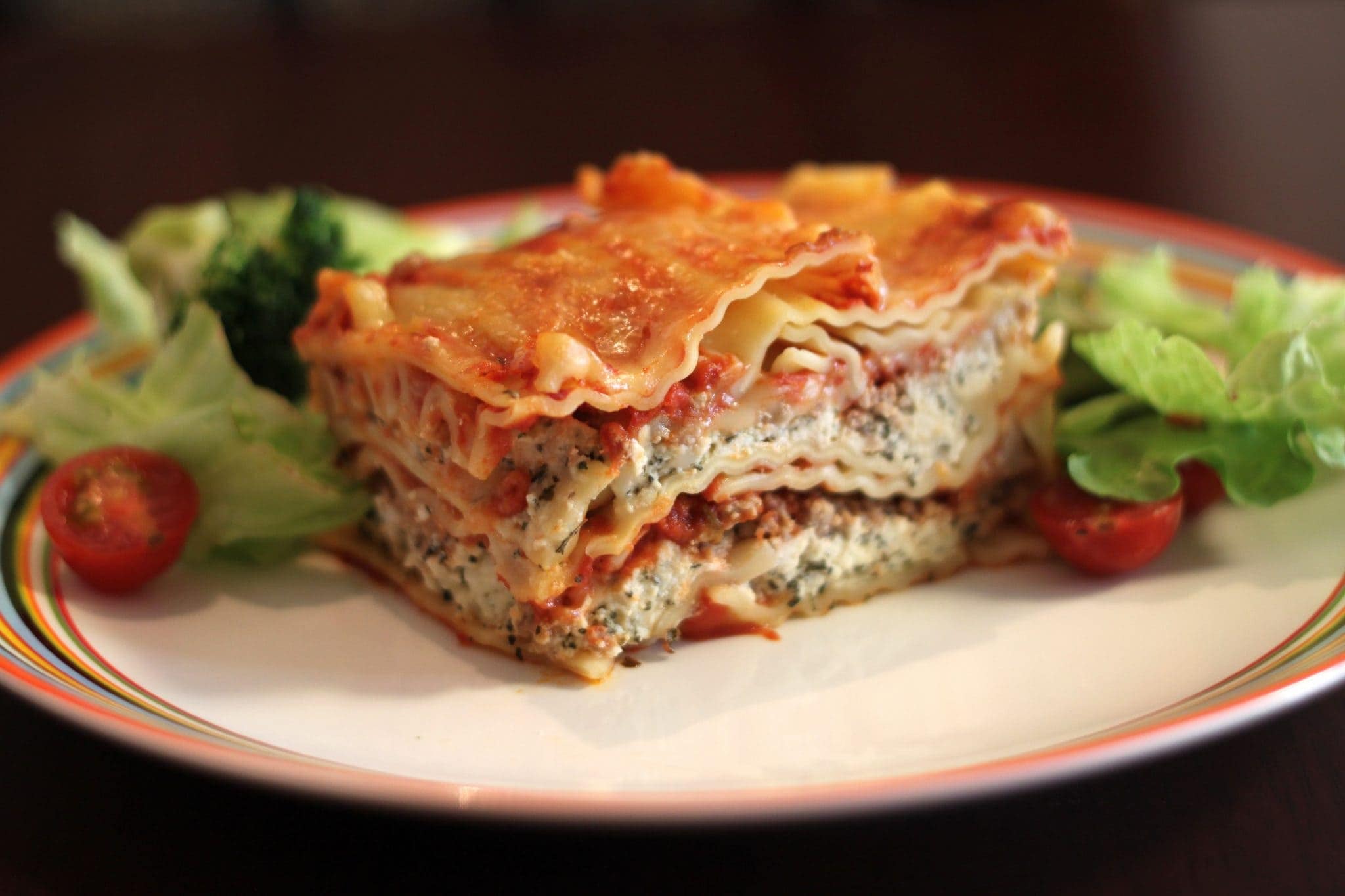
Their food is a symbol of quality and excellence, especially since each region, town and village offers their own definition of taste and delight. And while some of their most famous dishes are served around the world—there’s more to Italy than just spaghetti Bolognese.
Because we wanted to explore further their gastronomy, here are 8 of the Italian main dishes you might have not heard of (but you wish you would have!). They aren’t particularly fatty or heavily on the fried side, nor extravagant or complex—just simple, but mouthwatering delicacies.
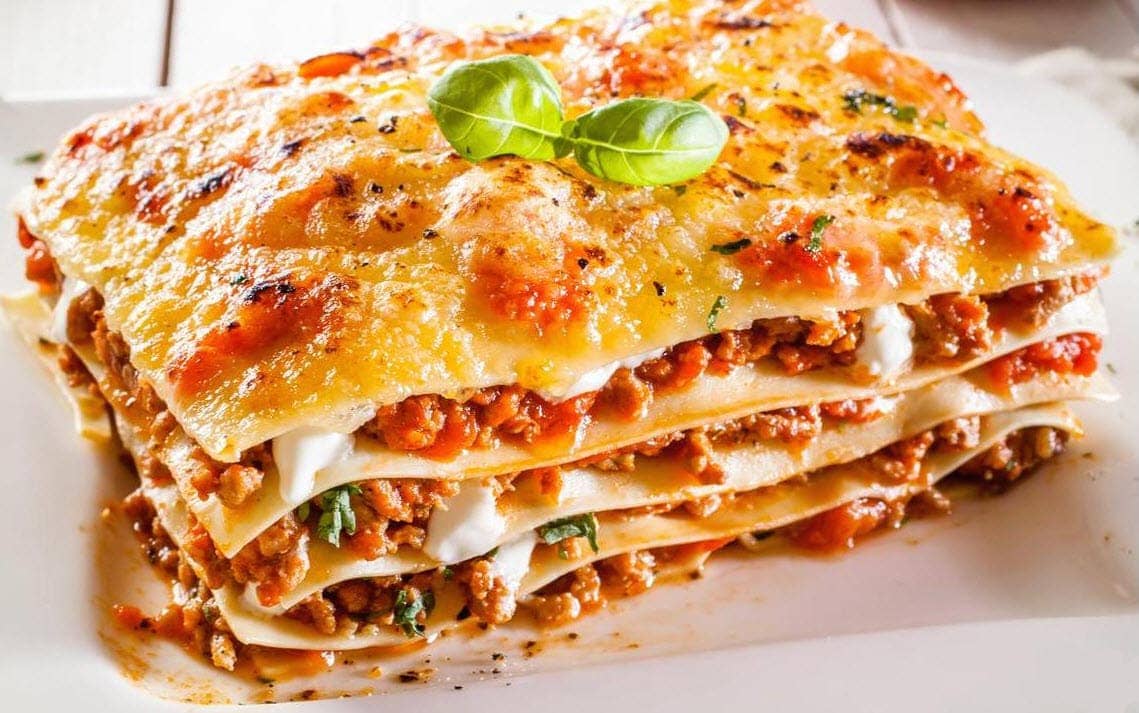
This is one of those culinary experiences to which every Italian can relate, as it’s very famous throughout the country. Basically, it’s that dish you would serve at a family reunion.
It’s one of those dishes that you can prepare in a thousand different ways, as there will always be someone claiming to have a secret lasagna recipe from their nonna.
In fact, for many Italians, lasagne emiliane is associated with childhood, as the nonnas loved to make it for their grandchildren when they would go over to visit them. Needless to say, the grandchildren loved it too.
Originally, the lasagna was prepared using bolognese sauce, béchamel sauce and about 500 grams of egg pasta. We might give you the full recipe, if this tease wasn’t enough. Check out our instructions on how to make lasagna.
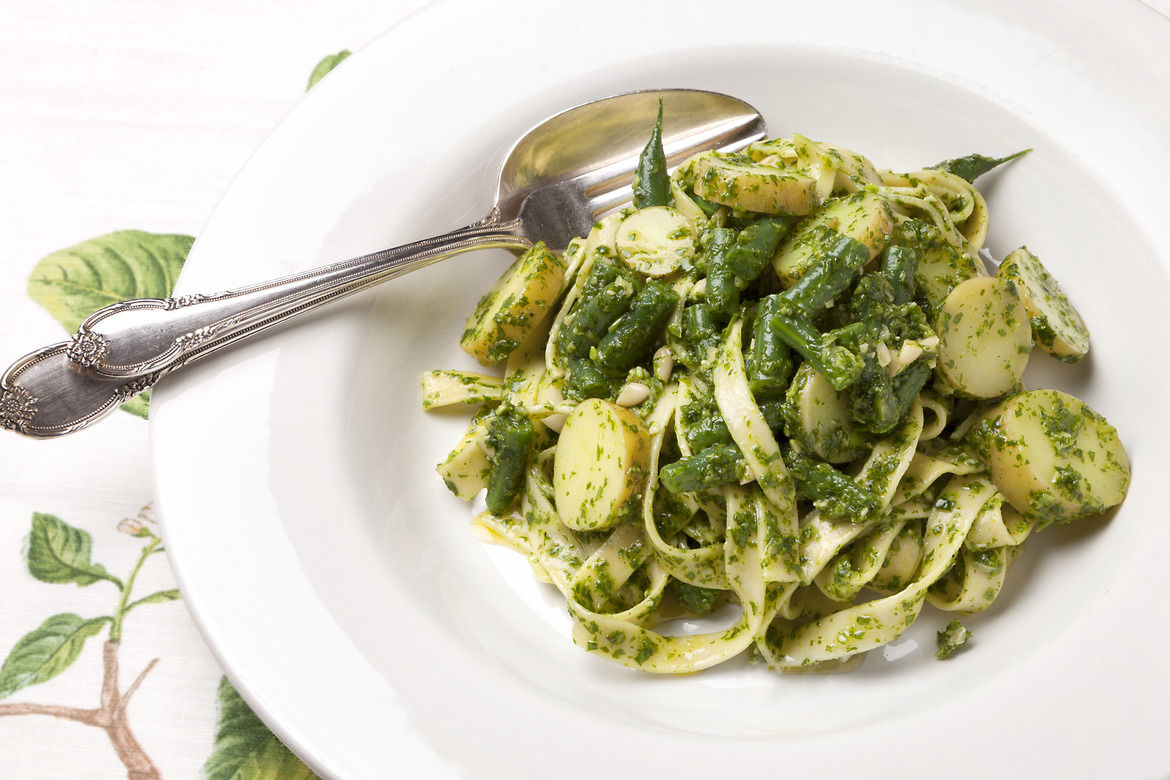
The second typical Italian dish on the list is trenette al pesto. Trenette is a type of flat, dried pasta. This dish is extremely popular around Genoa and Liguria and its main ingredient is, of course, the pesto sauce. Needless to say, the pesto needs to be fresh—no compromises, no cans! Trenette al pesto is served with beans, grated cheese and a few potatoes.
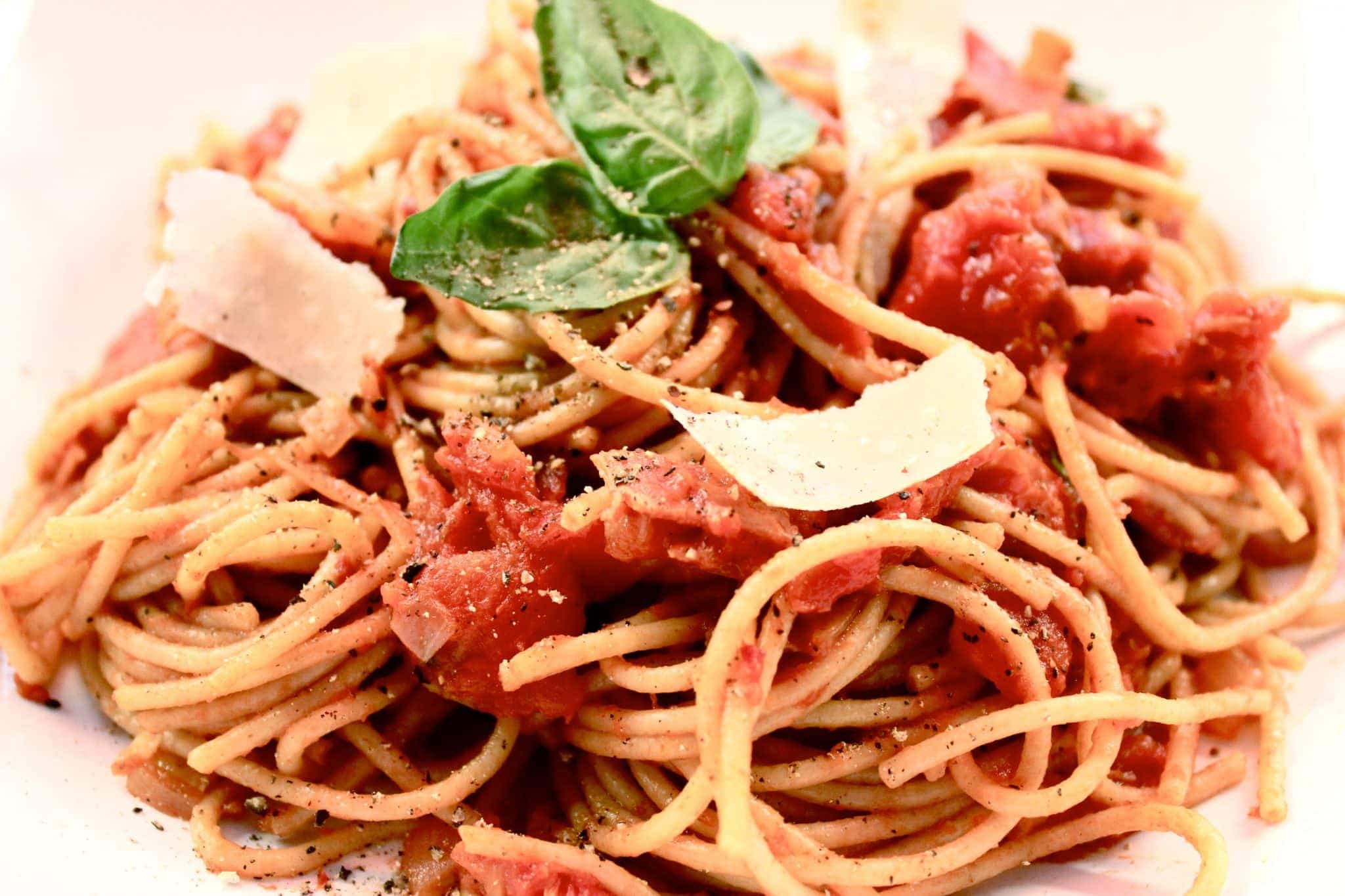
Among the Italian main dishes is also the Spaghetti Amatriciana. Amatriciana is an Italian pasta sauce with pecorino cheese, tomatoes and guanciale (cured pork cheek).
This recipe dates as back as 1700 and it was preferred by shepherds from the Amatrice region. So while the recipe put Italia on the map in terms of cuisine, it all started in this village from the Rieti province.
Other ingredients used to prepare this dish are dry white wine and pepper. And yes, we said there is more to Italy then just pasta and then we list a bunch of dishes based on…pasta! But we can’t help it, especially when there are so many types of pasta.
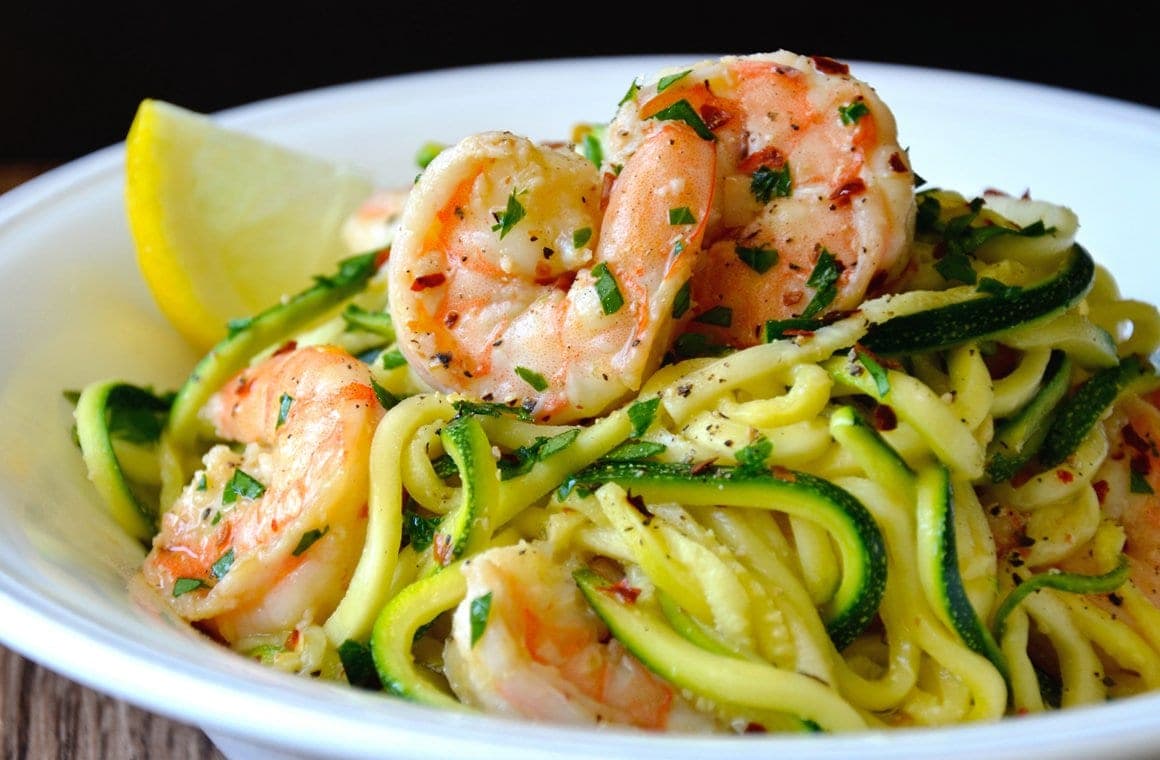
This shouldn’t come off as a surprise, but yet again, we have a typical main dish including pasta. Maltagliati is pasta typical to the Emilia-Romagna region, cut into rectangular and small strips.
And shrimp and zucchini—well, we can’t say no to that. I am not even that much of a zucchini person, but in this combination, it just does it for me and I can see why it’s considered to be a main dish.
For the preparation, if you are hosting a dinner for 4 people, you’ll need 400 grams of pasta maltagliati, 2 zucchinis, a glass of white wine, 300 grams of shrimp, 1 tbs. of walnuts, 600 grams of ripe tomatoes, salt, pepper and parsley.
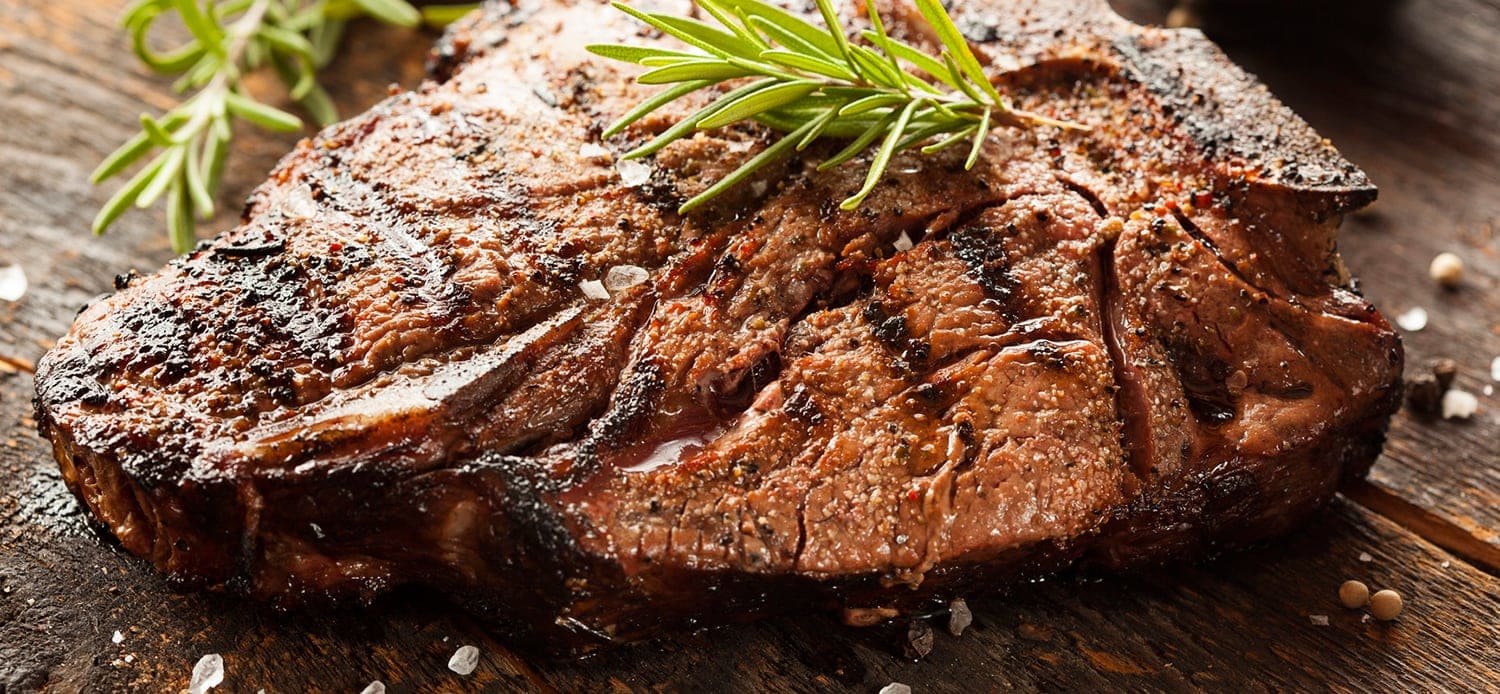
I haven’t personally tried this one, but just by looking at how it’s made, I can’t help but drool. It’s considered to be an Italian delicacy; la Fiorentina basically is a beef steak which can be either served rare, barbecued or grilled.
It sounds simple to make, but in reality, you have to pay attention to certain rules, like never turning the meat with a fork—after all, it would be a sin to ruin that delicious surface crust. We are sure that once we try the authentic one, it will be among our favorite Italian main dishes.
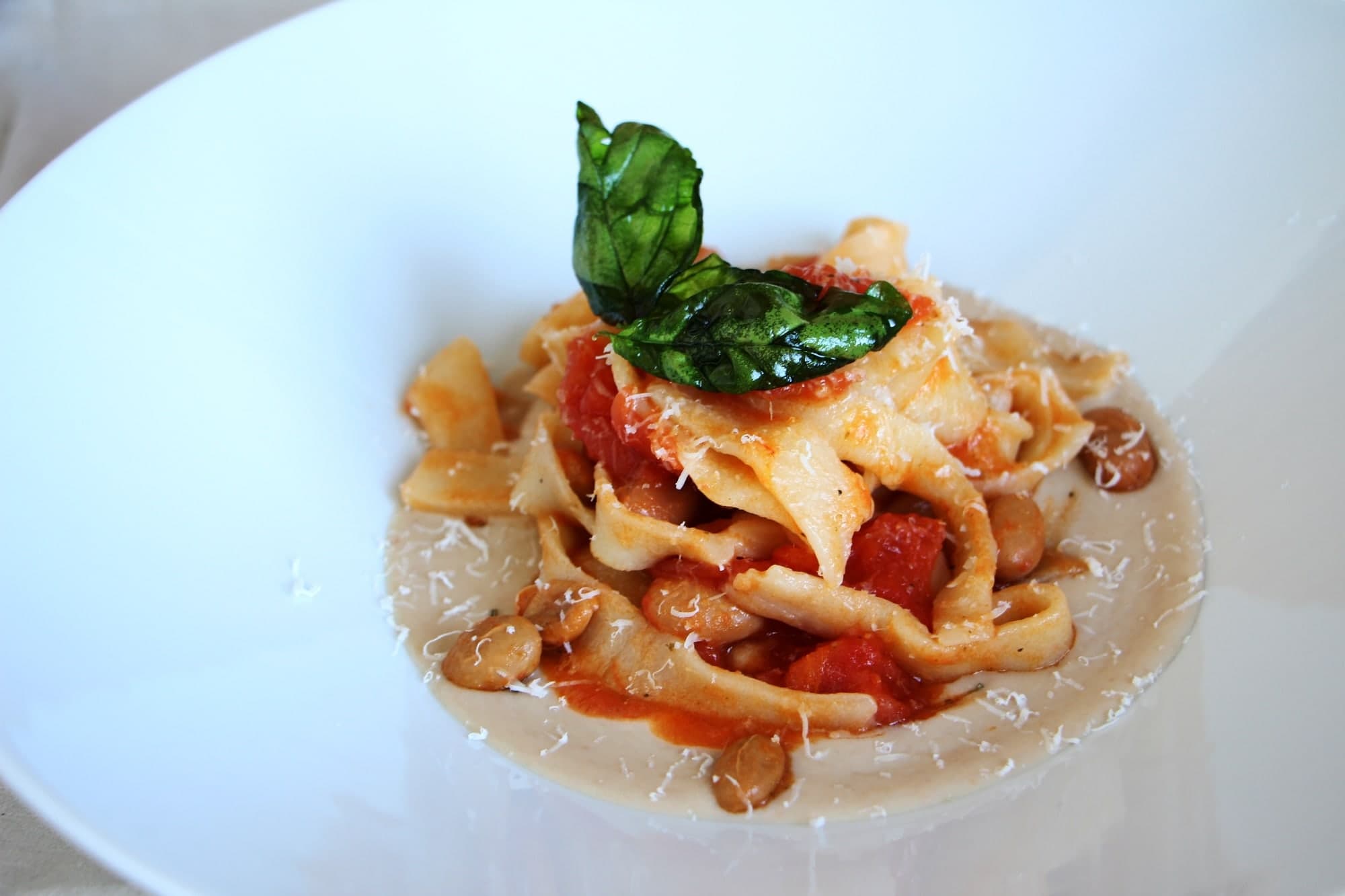
Again, we turn our attention to…pasta! Just in case you missed it. But in all seriousness, with so many types and shapes of pasta (sagne is typical to the mountain regions of Lazio), it was inevitable not to have pasta conquer most positions on the list.
Sagne was considered to be pasta of the “everyday” kind, as it only needed water, salt and flour for the base, so it was inexpensive. In Abruzzo, they made this dish part of their tradition, where preparing sagne at home is a must. Other ingredients include beans, bacon, bay leaves, olive oil and tomato sauce.
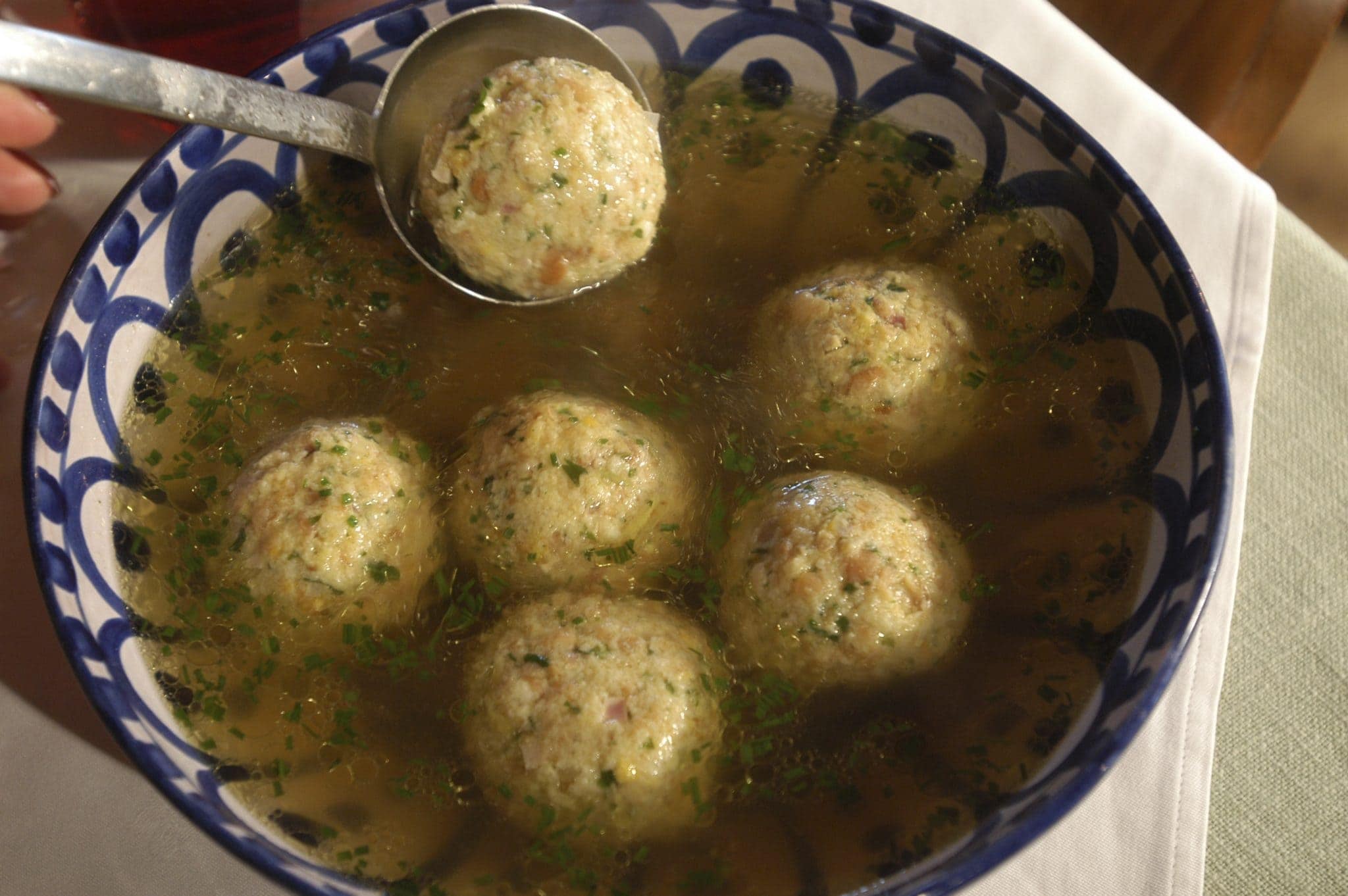
Also known as Knödel, these are broth dumplings specific to the Trentino-Alto Adige region. This region also happens to be among the Italian regions with most Michelin stars. This dish consists of big dumplings basically made out of leftover stale bread and other ingredients, including diced bacon. They are all served in broth or in melted butter.
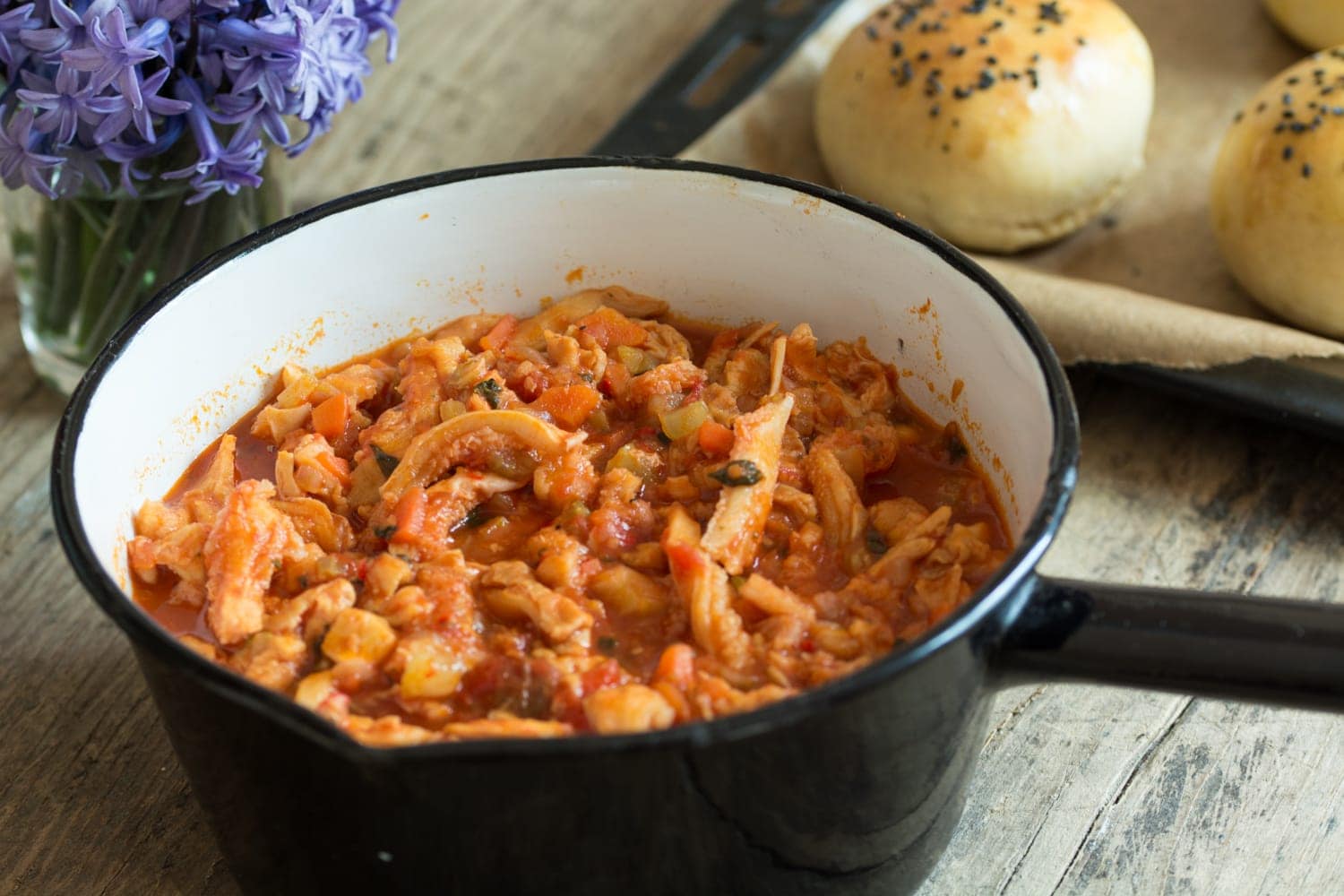
Okay, you probably figured out what this is and you aren’t too excited about the idea. But trust us—they love it in Rome.
Obviously, the main ingredient is represented by the innards of a bovine—or, the stomach. The purpose is to make it as juicy as possible and for that to happen, it’s cooked in tomato sauce.
Depending on the region, it can be prepared in various different ways. Do you have the guts to eat it? Sorry for the pun.
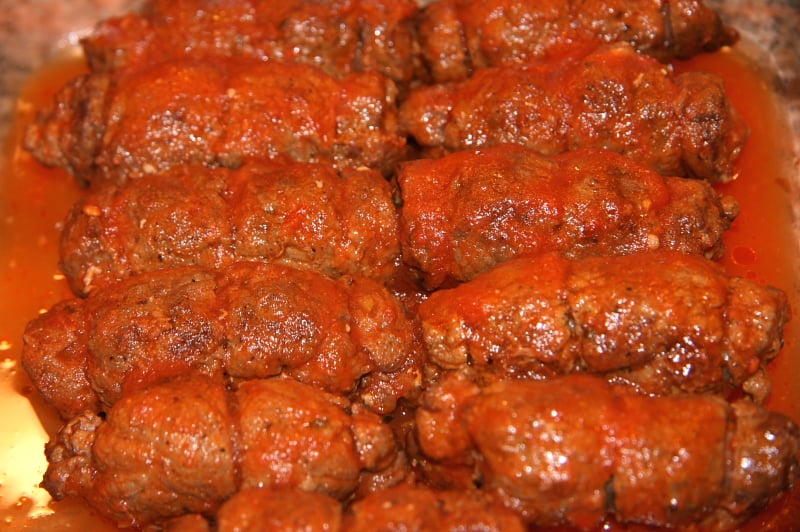
Introducing Braciole, in Italian involtini di carne a classic Italian dish featured in our collection of main dishes! Thin slices of beef are filled with a delightful mixture of breadcrumbs, Parmesan cheese, garlic, and parsley, then rolled up and simmered in a rich tomato sauce until tender and flavorful. This hearty and comforting dish is a staple in Italian cuisine, often served with pasta or crusty bread. Explore the traditional flavors of Italy with our authentic Braciole recipe and bring a taste of the Mediterranean to your dinner table.
So there you have it. Which dish on our list is your favorite?
They all look so delicious! Where can I access or view these recipes? I would love to try some of these, especially the Spaghetti Amatriciana.
I love that you talked about Italian dishes and their different ingredients. Recently, my wife and I started to try new food out. We’re dining out every week, and we want to try Italian food this time, so we’ll be sure to read your article thoroughly before ordering! Thanks for the advice on which dishes we must try during our Italian dinner.
Grazie mille!
I like that you pointed out how Italian food is a symbol of quality and excellence, especially since each region, town, and village offers its own definition of taste and delight. I recently got interested in Italian cuisine, so now I want to eat Italian food. So, I’ll try to stop by an authentic Italian food restaurant this weekend.